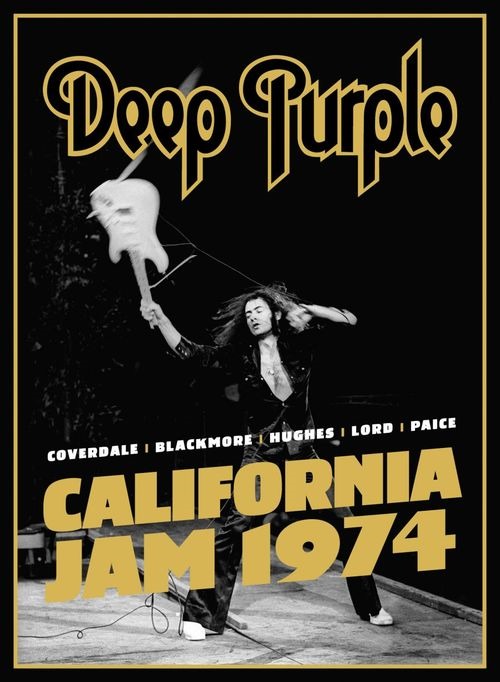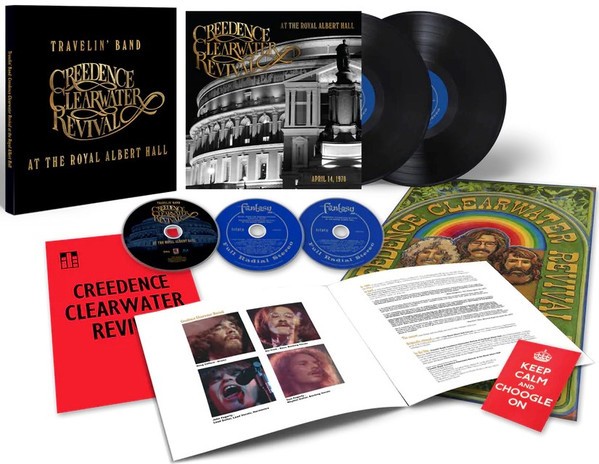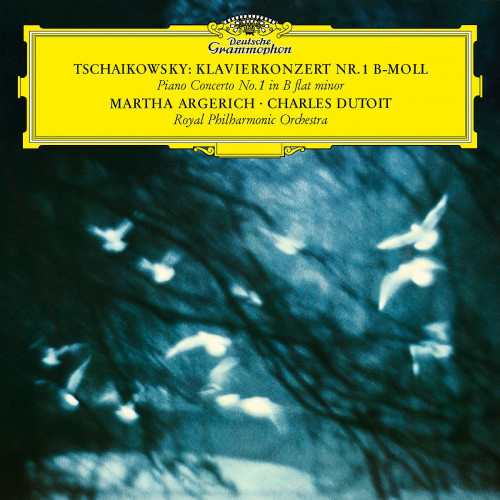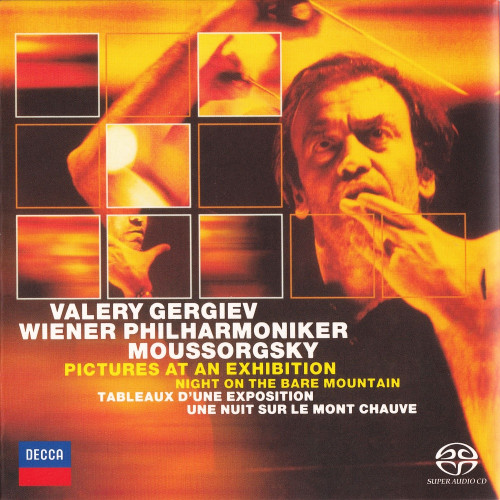![Sayaka Shoji - Bach: Sonates et Partitas - Reger: Préludes et Fugues (2011) [Official Digital Download 24bit/44,1kHz] Download](https://imghd.xyz/images/2022/08/21/3760127221289_600.jpg)
Sayaka Shoji – Bach: Sonates et Partitas – Reger: Préludes et Fugues (2011)
FLAC (tracks) 24 bit/44,1 kHz | Time – 01:46:05 minutes | 1,04 GB | Genre: Classical
Studio Masters, Official Digital Download | Digital Booklet, Front Cover | © Mirare
Sayaka Shoji has paired solo violin sonatas and partitas by Johann Sebastian Bach with counterparts of a sort among the eight preludes and fugues for solo violin by Max Reger. The first pairing begins with Reger’s Prelude and Fugue in G Minor, op. 117/2, which bears a resemblance to Bach’s First Solo Sonata. Shoji reveals a great deal of the intelligence and wit that illuminates Reger’s conception: occasional chromatic lines in the prelude and a fugue that sounds related to Bach’s but with enhancements that lend the work the suggestion of pastiche. Shoji makes these allusions almost playfully, though with a formidable technical command and tonal opulence on the 1729 Récamier Stradivari (can this be the 1727 Récamier Stradivari played by Mischa Elman?). Her personality changes for a heavier and darker reading of Bach’s First Solo Sonata, also in G Minor; the first movement appears in her version more a rhapsody, which may be the way it’s intended, but her reading of the Fuga, though nuanced and allusive, hardly suggests the subtlety and high spirits she demonstrated in Reger’s work. The Siciliano similarly may sound fussy (at least at first) to many listeners weaned on more straightforward readings by older violinists, although she gives the impression of sustaining the pedal-like notes. In the finale she strikes a balance between playing the rhythm straightforwardly and constantly shifting the meters with kaleidoscopic unpredictability.
She has paired Reger’s Prelude and Fugue in B Minor, op. 117/1, with Bach’s First Partita. Reger’s work sounds more rhapsodic and employs more double-stops in its Prelude than does Bach in the partita (except perhaps in the Sarabande). The Fugue sounds at once more slithery, but highly serious, too, with double-stops across the string reminiscent of those in Bach’s fugues, especially the one from the First Sonata. Could it be that the pairings aren’t consistently illuminating? Perhaps in an effort to make them so, and perhaps because of her concept of Bach’s work, she takes the Partita’s Allemande rather slowly, making the dance into a reflection. The Double moves smoothly but, again, rather deliberately, and so does the Courante, though Shoji gives the dance a sharply rhythmic character at its tempo. The Double doesn’t run like a sewing machine from hell, as it does in versions like, for example, that of Ruggiero Ricci. But the Sarabande sounds almost like a lament, though the Bourrée matches, in her reading, the high spirits she conjured in Reger’s works.
Reger’s Chaconne in G Minor, op. 117/4, paired with Bach’s Second Partita and its own formidable Chaconne, holds its own surprisingly well in comparison, aided by its sharp dynamic contrasts, expanded tonal palette, and its even more extensive exploration of the violin’s technical capabilities in its variations. Shoji’s playing of Bach’s familiar work sounds subtle in the Allemande, although she doesn’t chop up the phrases to create interest (on the contrary, she gives a sense of developing the argument over long stretches of time). She takes the Courante at a rather slow tempo but very sharply characterizes its rhythms. As in the case of the First Partita’s Sarabande, this one sounds in Shoji’s reading like a lament, the mood of which she relieves in the Gigue. At 14:52, her Chaconne is like Mamma Bear—not too big and not too small. Neither does she exaggerate any of the expressive devices she deploys; The arpeggios roll smoothly, with the bass lines made intelligible, and the variety of bowings reveals the diversity of Bach’s variations.
Collectors should find these commanding performances of Reger’s infrequently heard Preludes and Fugues, op. 117 (at least a selection of them), of great interest, especially when placed alongside roughly corresponding works by Bach. But some may wonder why Shoji’s readings of Bach sound less vibrant than those of Reger and whether all the nuance in the latter works amounts to overplaying her hand. Those kinds of listeners may miss the more outright architectural majesty of Nathan Milstein’s, Jascha Heifetz’s, Arthur Grumiaux’s, or Zino Francescatti’s way with Bach. Would Heifetz have called these constant nuances, as he did some things students did in his master classes, “funny business”? (In a video documentary about the Paganini Competition—which Shoji, incidentally, had won in another year—judge Massimo Quarta told a disqualified competitor that you can’t play Bach the way she had just played it; perhaps 50 years ago, but not now, he suggested. The above-mentioned luminaries recorded their versions about 50 years ago. They’re lucky they don’t have to listen to Quarta denigrating their ideas as outdated. Might Quarta have had the kind of Bach Shoji plays in mind as the wave of the future?) Recommended, in any case, primarily for the sake of the correspondences among the compositions—and to those who don’t mind hearing Bach’s musical lines kneaded like so much Silly Putty. –Robert Maxham, FANFARE
Tracklist:
Max Reger (1873-1916)
Prelude & Fugue in G minor Op. 117 No.2
1. Prélude 3’55
2. Fugue 3’24
Johann Sebastian Bach (1685-1750)
Sonata No.1 in G minor BWV 1001
3. Adagio 4’35
4. Fuga (Allegro) 5’15
5. Siciliano 3’22
6. Presto 3’55
Max Reger (1873-1916)
Prelude & Fugue in B minor Op. 117 No.1
7. Prélude 3’38
8. Fugue 2’23
Johann Sebastian Bach (1685-1750)
Partita No.1 in G minor BWV 1002
9. Allemande 7’06
10. Double 3’03
11. Courante 3’42
12. Double 3’42
13. Sarabande 4’18
14. Double 2’12
15. Bourrée 3’41
16. Double 3’55
Max Reger (1873-1916)
17. Chaconne in G minor Op. 117 No.4 12’11
Johann Sebastian Bach (1685-1750)
Partita No.2 in D minor BWV 1004
18. Allemande 4’46
19. Courante 3’11
20. Sarabande 4’28
21. Gigue 4’29
22. Chaconne 14’52
Download:














![Berliner Philharmoniker, Rafael Kubelik - Dvořák: The 9 Symphonies [5 SACDs] (1966-1973/2018) SACD ISO](https://imghd.xyz/images/2024/06/26/0f3c299509b7cd48f3490e0415e0a748.jpg)

![Sayaka Shoji & Gianluca Cascioli – Beethoven: Violin Sonata Nos. 5, 6 & 10 (2024) [Official Digital Download 24bit/88,2kHz]](https://imghd.xyz/images/2024/06/23/k3igpr3fdndac_600.jpg)
![Sayaka Shoji – Beethoven & Sibelius: Violin Concertos (2018) [Official Digital Download 24bit/96kHz]](https://imghd.xyz/images/2023/08/29/ww34t8sxbpblc_600.jpg)
![Sayaka Shoji – Mozart: Sonatas for Fortepiano and Violin Vol. 1 (2022) [Official Digital Download 24bit/192kHz]](https://imghd.xyz/images/2022/12/21/qn3hepd2e0a4a_600.jpg)